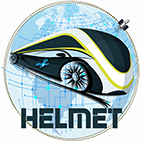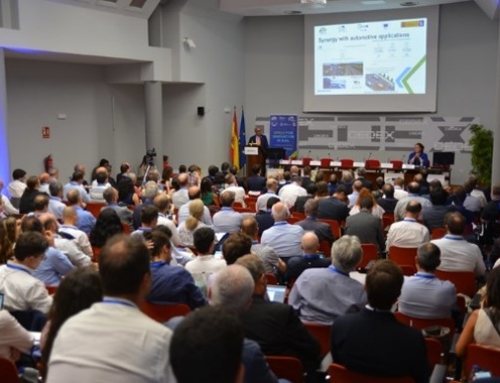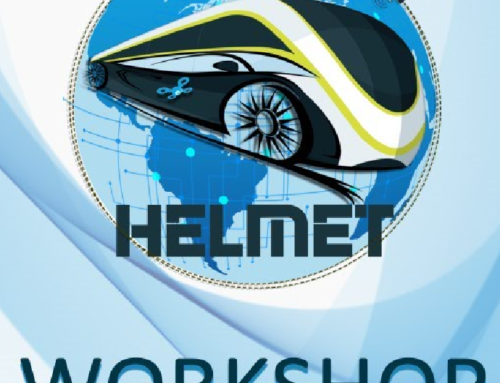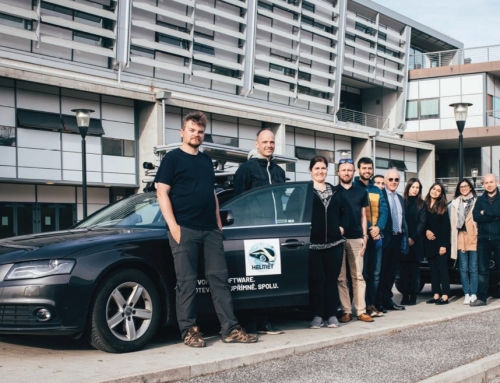One of the main tasks of the HELMET project is the identification of the requirements for the identified target users. The focus of the project is on rail and automotive considering also the UAV applications intended as support for the rail and road applications. The first step is linked to the test case identification. Particularly, in the railway sector the following scenarios have been identified:
- Track identification function: The purpose of this function is to determine on which of tracks in station or on multi-track line between station the train is located.
- Odometer calibration function: The purpose of this function is to provide a mechanism to calibrate the odometer.
- Cold Movement Detection: Cold Movement Detection serves to revalidate the train position upon leaving NP (No Power), subject to the train not having moved.
As concern the automotive sector the following scenarios have been identified:
- Automated car driving on the highway: Usual width of lane is 3,6m. Vehicle speed is usually in a range of 80 – 130 km/h.
- Automated car driving on local roads: Usual width of lane is 3m. Vehicle speed is usually in a range of 60 – 90 km/h, depending on local conditions.
- Automated car driving on narrow and curved roads: Usual width of lane is 2,5m. Vehicle speed is usually in a range of 20 – 60 km/h, depending on local conditions.
One of the key point of the Helmet approach is the exploitation of the strong synergies among rail and road applications. As a matter of fact, the operational environment is quite similar since a often roads and rails run close one to the other. Just to provide an example in Figure 1 is reported the Italian situation:

Figure 1. Distance among rails and roads in Italy
The identified requirements have been provided in terms of Integrity, Accuracy, Alert Limit, Time to Alert, Availability, Continuity and Security. As shown in Figure 2, the rail applications have a stronger need in terms of integrity than the road applications. In fact, for the three rail scenarios the integrity required is in the order of 10-9/h while in the automotive it is in the order of 10-6/h.

Figure 2. Identified user requirements
The HELMET requirements specification process underwent the process described in Figure 3. More in details the steps can be summarized as follows:
1. HELMET CONOPS development;
2. High-level User Requirements specification;
3. Identification of general constrains and limitations;
4. Specification of Logical Concepts and Models for the User’s groups;
5. Safety analysis for the Logical Concepts for multi-modal applications;
6. Development of Requirements Traceability Matrices for the maim HELMET User’s groups;
7. Description and justification of individual Systems Requirements;
8. Specification of Systems Requirements for High-Level HELMET architecture.
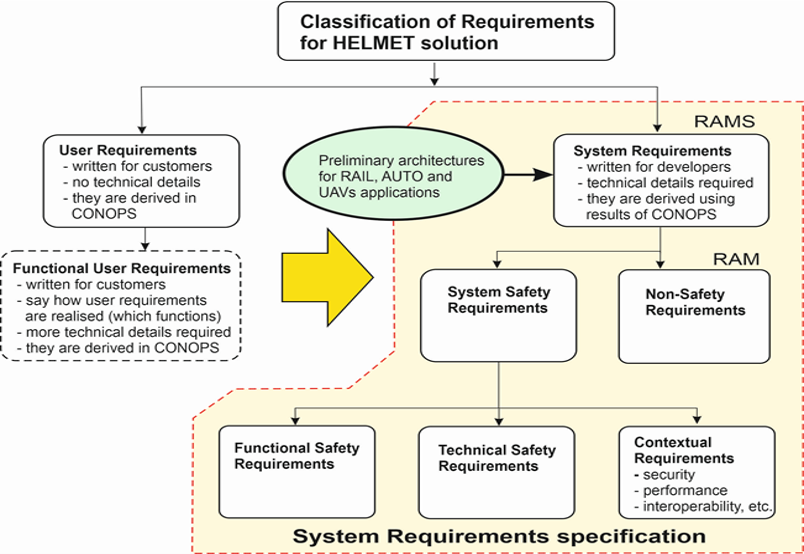
Figure 3. Requirements specification process
